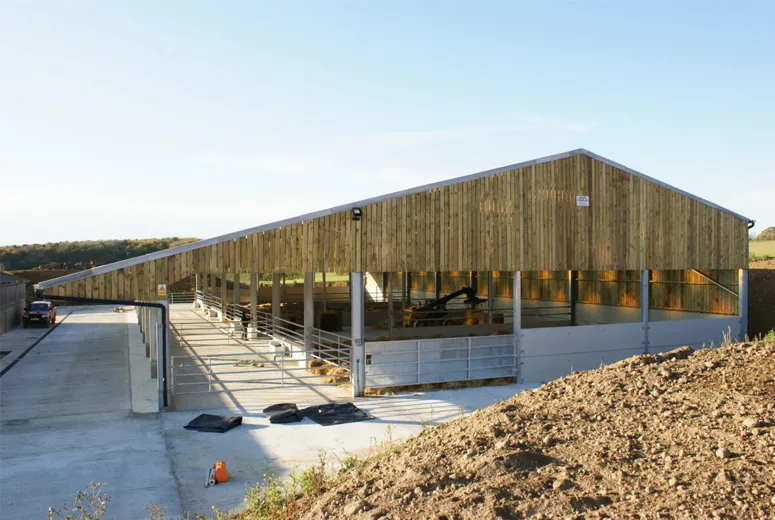- Afrikaans
- Albanian
- Amharic
- Arabic
- Armenian
- Azerbaijani
- Basque
- Belarusian
- Bengali
- Bosnian
- Bulgarian
- Catalan
- Cebuano
- Corsican
- Croatian
- Czech
- Danish
- Dutch
- English
- Esperanto
- Estonian
- Finnish
- French
- Frisian
- Galician
- Georgian
- German
- Greek
- Gujarati
- Haitian Creole
- hausa
- hawaiian
- Hebrew
- Hindi
- Miao
- Hungarian
- Icelandic
- igbo
- Indonesian
- irish
- Italian
- Japanese
- Javanese
- Kannada
- kazakh
- Khmer
- Rwandese
- Korean
- Kurdish
- Kyrgyz
- Lao
- Latin
- Latvian
- Lithuanian
- Luxembourgish
- Macedonian
- Malgashi
- Malay
- Malayalam
- Maltese
- Maori
- Marathi
- Mongolian
- Myanmar
- Nepali
- Norwegian
- Norwegian
- Occitan
- Pashto
- Persian
- Polish
- Portuguese
- Punjabi
- Romanian
- Russian
- Samoan
- Scottish Gaelic
- Serbian
- Sesotho
- Shona
- Sindhi
- Sinhala
- Slovak
- Slovenian
- Somali
- Spanish
- Sundanese
- Swahili
- Swedish
- Tagalog
- Tajik
- Tamil
- Tatar
- Telugu
- Thai
- Turkish
- Turkmen
- Ukrainian
- Urdu
- Uighur
- Uzbek
- Vietnamese
- Welsh
- Bantu
- Yiddish
- Yoruba
- Zulu
Out . 22, 2024 08:59 Back to list
Understanding the Cost of Steel Structures
Steel structures have become increasingly popular in various sectors, including commercial, industrial, and residential construction, due to their durability, strength, and design flexibility. However, understanding the costs associated with steel structures is crucial for making informed decisions in building projects. This article delves into the factors influencing the cost of steel structures, the benefits they offer, and insights into budget management.
Factors Influencing Steel Structure Costs
1. Material Prices The cost of steel is often the most significant component of the overall cost of a steel structure. It can fluctuate based on global demand, tariffs, trade policies, and market trends. For instance, prices generally rise during periods of high demand, such as construction booms, and fall during downturns.
2. Design Complexity The more complex the design, the higher the cost of the structure. Custom designs with intricate details require more engineering and labor, which can increase costs. Simpler structures, such as warehouses or factories, typically have lower costs due to their straightforward designs.
3. Fabrication and Erection The processes of fabricating steel components and erecting the structure on-site depend largely on the complexity of the design, the size of the structure, and the location. Specialized equipment and skilled labor are required for both stages, which adds to the overall cost.
4. Location Geographic factors can significantly influence costs. Remote locations may incur higher transportation costs for materials and challenges associated with logistics and site preparation. Additionally, local labor rates can vary, impacting construction costs.
5. Building Codes and Regulations Compliance with local building codes and safety regulations can also affect costs. Structures must be designed to withstand environmental factors such as wind, snow, and seismic activity, which can require additional engineering and materials.
6. Market Demand and Supply Chain Issues Recent market dynamics have illustrated how global events, such as pandemics and geopolitical tensions, can disrupt the supply chain, affecting the availability and price of steel, labor, and other materials.
Benefits of Steel Structures
Despite the various factors influencing costs, steel structures offer numerous benefits that can justify the investment
1. Durability and Longevity Steel is inherently resistant to many issues that can affect other materials, such as termites and rot, providing a longer lifespan for structures with minimal maintenance.
2. Sustainability Steel is highly recyclable, contributing to a smaller carbon footprint compared to other construction materials. Building with steel can improve the sustainability profile of a project.
steel structure cost

4. Design Flexibility Steel’s strength-to-weight ratio allows for innovative designs and larger spans, providing architects and engineers with more creative freedom.
5. Cost-Effectiveness Over Time While the initial costs may be higher compared to alternative materials, the longevity and lower maintenance costs associated with steel can lead to overall savings in the long term.
Budget Management Strategies
To effectively manage the costs associated with steel structures, consider the following strategies
1. Conduct Thorough Research Staying informed about market trends can help in timing purchases effectively, potentially reducing material costs.
2. Work with Experienced Professionals Engage experienced architects and engineers who can optimize designs for cost efficiency without compromising safety and quality.
3. Consider Pre-Engineered Solutions Sometimes, opting for pre-engineered steel buildings can substantially reduce costs and expedite the construction process.
4. Negotiate with Suppliers Building strong relationships with suppliers can lead to better pricing and terms, especially for bulk purchases.
5. Plan for Contingencies Include contingencies in your budget for unforeseen circumstances, such as price fluctuations or delays, ensuring financial stability throughout the project.
Conclusion
Investing in steel structures can be a prudent choice given their numerous benefits. However, understanding the various factors that influence costs is essential for effective financial planning. By conducting thorough research, engaging experienced professionals, and employing strategic budget management, stakeholders can navigate the complexities of building with steel while realizing the long-term advantages of enhanced durability, sustainability, and design flexibility. As the construction landscape continues to evolve, steel remains a cornerstone of modern design and engineering.
-
Cold Formed Steel Residential Framing
NewsMay.21,2025
-
Innovative Steel Structure Building Solutions
NewsMay.19,2025
-
Innovative Prefab Metal Shed Solutions
NewsMay.19,2025
-
Durable Steel Horse Shelter Solutions
NewsMay.19,2025
-
Durable Metal Shed Solutions
NewsMay.19,2025
-
Durable Big Metal Shed Solutions
NewsMay.19,2025
Products categories
Our Latest News
We have a professional design team and an excellent production and construction team.












